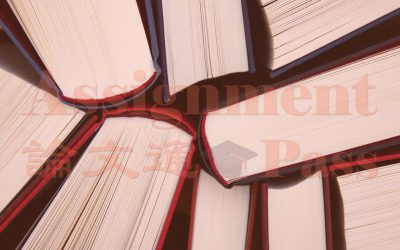论文代写:文化价值观
20世纪的德国纳粹党利用了广泛的图形象征。这在Hakenkreuz的符号上是特别正确的。这被用作swastika标志的原则。这被看作是纳粹德国的国旗。纳粹的标志包括swatiska,black SS制服。纳粹的原则象征是纳粹旗帜。当时的一些象征意义被新纳粹集团所使用。纳粹使用的符号被符文的数量所使用。国家社会主义是关于文化景观的改变和恢复德国价值观和北欧价值观文化的努力(Marchand,1998)。文化是要塑造一个新的种族群体。国家的这些理想被认为是矛盾的。文化原则的重要性在于家庭关系,种族和Volk作为德国价值观的高级代表。人们拒绝了唯物主义和世界主义的哲学。文化价值观是关于德国人与本土土地和自然和谐相处的重要性。在纳粹德国,文化的主要作用是散布纳粹的世界观和控制世界(Mosse,1966)。这是专家和社会组织的同步。政府清除了犹太人和其他人民的文化组织,使其具有政治和艺术上的嫌疑。较新的纳粹美学接受了古典现实主义。以视觉艺术和其他高雅文化模式为例,展现了农民的生活和社区。在这方面,有一个经过计算的宣传潜流。与现代艺术趋势形成鲜明对比的是抽象和超现实主义的信条。
论文代写:文化价值观
The 20th century German Nazi party has made use of the extensive graphic symbolism. This was specifically true for the Hakenkreuz symbol. This was used as the principle for the swastika flag. This was viewed to the state flag of Nazi Germany. The symbols of the Nazi include swatiska, black SS uniform. The Nazi principle symbol was the swastika flag. Some of the symbolism of the time was used by the neo-Nazi group. The symbols used by the Nazi were used by the number of runes. National Socialism was about the changes in the cultural landscapes and efforts to bring back the culture of German values and Nordic values (Marchand, 1998). The culture was to shape a new racial community. These ideals of the nation were considered to be contradictory. The cultural principles had the importance of family connections, race and Volk as the higher representation of the German values. There was rejection of the philosophies of materialism and cosmopolitanism. The cultural values were about the importance of the harmony of the Germans with the native soil and with nature. In Nazi Germany, the chief role of the culture was to distribute Nazi world view and control the world (Mosse, 1966). There was synchronization of the expert and social organization. The government purged with the cultural organizations of the Jews and other people to be politically and artistically suspect. The newer Nazi aesthetic had embraced the classical realism. The visual arts and other models of high culture were exemplified to embrace the peasant life and communities. There was a calculated propagandistic undercurrent that had stood in this aspect. The stark contrast to the trends of modern art was about the abstract and surrealist tenets.





